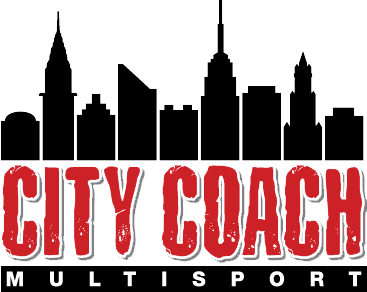And BTW, There's No Santa Claus
I'm a big fan of massage for a number of reasons. Massage can reduce muscle spasms, it can help increase ROM, and - possibly most importantly - it feels really good. Licensed massage therapists are health professionals who are required to study anatomy, physiology, kinesiology, etc, and they deserve more respect than they are often given. (Can you imagine unlicensed physical therapists or chiropractors practicing in storefronts or advertising withoutany state intervention the way so many "masseuses and masseurs" do in NY?) Still, there's a statement that's constantly repeated by a lot of massage proponents that I've never heard defended with science. I'm often told that massage helps promote the removal of "toxins". In fact even Massage Today has acknowledged the lack of truth in such claims.
There's a statement, seemingly pervasive throughout massage education and massage books, that unspecified toxins accumulate in the body, and that these toxins can be flushed out by massage. I believe this is yet another myth that continues to be passed on as misinformation to massage students. This is not to dispute that there are very real toxins that accumulate in the body, notably persistent organic pollutants (POPs) in fatty tissues and heavy metals in skeletal tissues. However, these toxins are too chemically bound to their target tissues to be significantly liberated by the mechanical motions of massage.
I also hear about massage promoting lactic acid removal. As previously discussed here, it is well established that lactic acid is not the culprit in delayed onset muscle soreness. But even if it was, I know of no science supporting the claim that massage can reduce lactic acid. A study published in the International Journal of Sports Medicine that examined massage vs. active recovery vs. passive recovery from exercise quickly debunks that myth.
Analysis of lactate values indicated no remarkable difference between massage and a passive type of sitting recovery period. It was observed that in short term massage recovery, more oxygen was consumed as compared to a passive type of sitting recovery. It is concluded from the study that the short term body massage is ineffective in enhancing the lactate removal and that an active type of recovery is the best modality for enhancing lactate removal and that an active type of recovery is the best modality for enhancing lactate removal after exercise.
In case you're saying "but coach, this is 2012, no one still spouts those old wives tales", think again. Check out this nugget/infomercial for Trigger Point's Cold Roller in the latest Outside Magazine.
By all means get a massage if you want to. There are perfectly good reasons to do so. But let's get rid of this nonsense about toxins, soreness and the evils of lactic acid.
